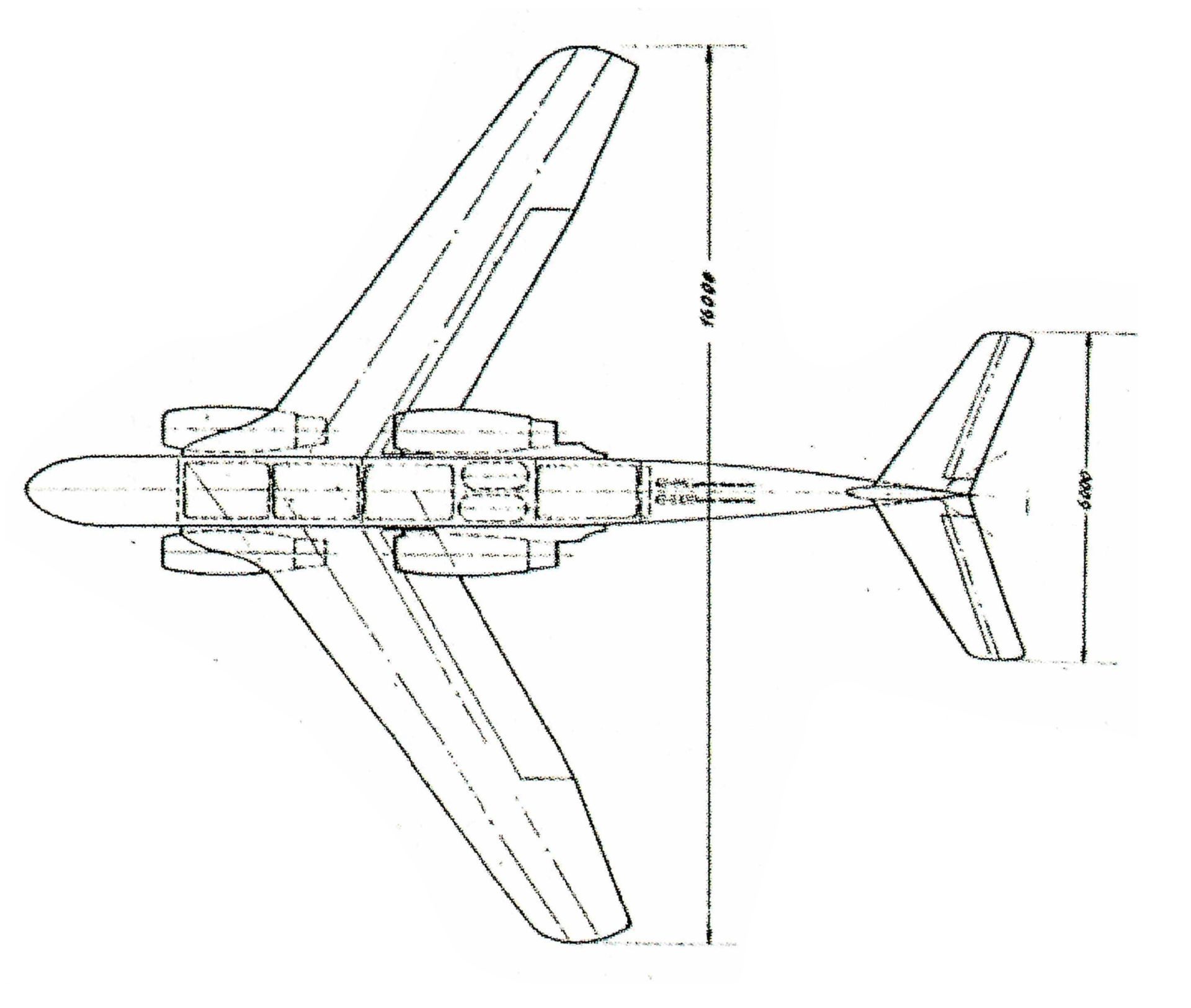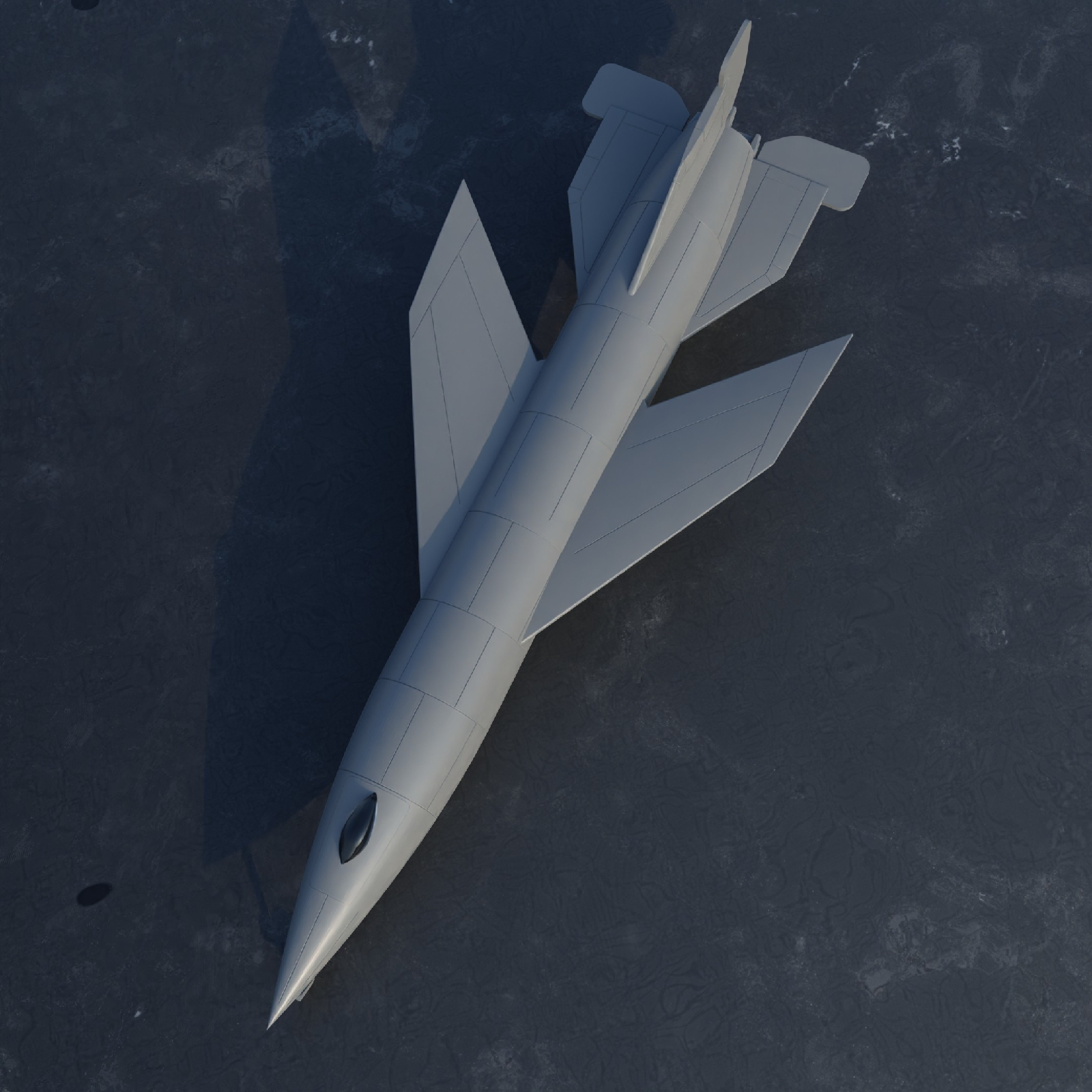Bringing the Heinkel P.1068 to Life
For aviation history enthusiasts and model builders, the Heinkel P.1068 is one of the lesser-known yet highly intriguing Luft ’46 aircraft concepts. Originally developed as a twin-engine competitor to the Arado Ar 234, it evolved into a more advanced bomber featuring up to six engines. Though the He 343 project was ultimately canceled, the P.1068 survived in a different form—as a test aircraft built in collaboration with DFS (Deutsche Forschungsanstalt für Segelflug).
Now, you can bring this advanced jet bomber concept to life with our latest Heinkel P.1068-01 model kit, available exclusively at My3DBase.
The Heinkel P.1068 – A Bomber That Refused to Die
As outlined in Luftwaffe project documents, Heinkel designed the P.1068 to evade enemy interception through speed and altitude, incorporating swept wings and multiple jet engines. Initial versions featured two engines, similar to the Ar 234, but tests suggested that four- and six-engine variants would provide better range and payload capacity.
According to Heinkel Flugzeugwerke’s internal reports, the P.1068 was seen as a viable alternative to existing jet bombers, with advantages such as:
- Higher speeds (+80 km/h over the Ar 234)
- Improved bomb load capacity
- Greater operational flexibility due to multiple engine configurations
By December 1943, Heinkel handed over scaled-down 1:2 models of the P.1068 to DFS for aerodynamic testing. These tests focused on flight stability and wing sweep effects, confirming the design’s viability. However, as the war situation deteriorated, the project was sidelined, and its technology was later considered for Heinkel’s Strabo 16 and He 162 developments.
A Model for Luft ’46 Enthusiasts
At My3DBase, we’ve worked hard to create a detailed and historically accurate 3D-printed model kit of the Heinkel P.1068-01. This kit captures the essence of Heinkel’s late-war jet bomber concept, featuring:
- Authentic proportions based on historical blueprints
- Highly detailed engine and landing gear components
- An accurate representation of the futuristic swept-wing design
- Easy-to-assemble 3D-printed parts for a smooth building experience
This is a must-have for Luft ’46 collectors, alternative history enthusiasts, and anyone interested in experimental WWII aircraft.
Historical Sources Used
The design and development details of the Heinkel P.1068 are based on research from:
- Luftwaffe: Secret Projects of the Third Reich (source article provided)
- Heinkel Flugzeugwerke development reports from 1943-44
- DFS technical documentation on test models
- RLM project evaluations from late WWII
Order Yours Today!
The Heinkel P.1068-01 model kit is now available for purchase at My3DBase. Don’t miss your chance to add this unique aircraft to your collection and explore the "what-if" world of late-war German aviation!
🚀 Order now and build a piece of history!
Let me know if you’d like any more refinements!















